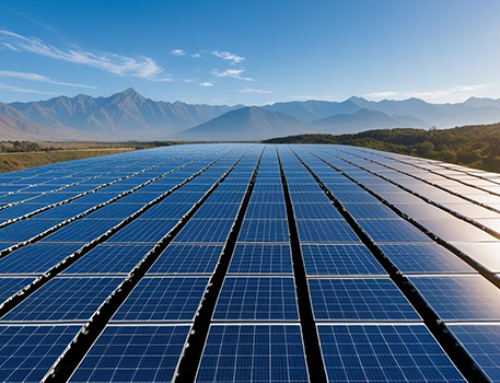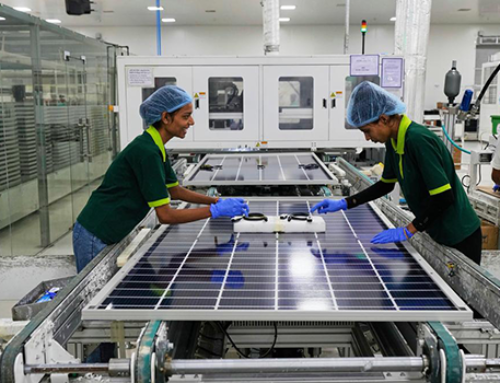
Earlier this year, the UP government announced plans to develop Ayodhya as a solar city. Officials have now stated that the project will be developed over a 500-acre land near river Saryu.
Modeled on the lines of a similar project near the Sabarmati River in Ahmedabad, this plant is expected to meet a major portion of the city’s power requirement. Moreover, the state government will also supply the generated energy to the Ram Janmabhoomi campus.
India’s leading EPC player Larsen & Toubro (L&T) has already prepared a detailed project report of the initiative and completed the survey work.
One of the biggest challenges to this project is the ‘unpredictable’ nature of the river, explained an Uttar Pradesh New and Renewable Energy Development Authority (UPNEDA) official.
“The Saryu shrinks and expands unpredictably. So, finding a suitable land near the river is a big challenge,” the official said. “If the project comes up successfully then it will fulfil the power supply requirement of Ayodhya to a large extent,” added the official.
Apart from this, green energy is already in use in the city. District administration has said that solar power systems have been deployed at eight government buildings, including the collectorate, commissioner’s office, and treasury. Moreover, solar lights have been installed in over 450 locations.
UP government is striving to harness its solar energy potential. Utility giant SJVN is going to invest approx. ₹1000 crores for three solar projects in the state. Moreover, the UP government will install 7 MW of solar capacity in rural areas to help farmers earn additional income.
Further, the state government has allocated a sum of ₹317 crore in the budget for Solar Energy Policy 2022.
Click Here for more updates
Resource: Hindustan Times








Leave A Comment